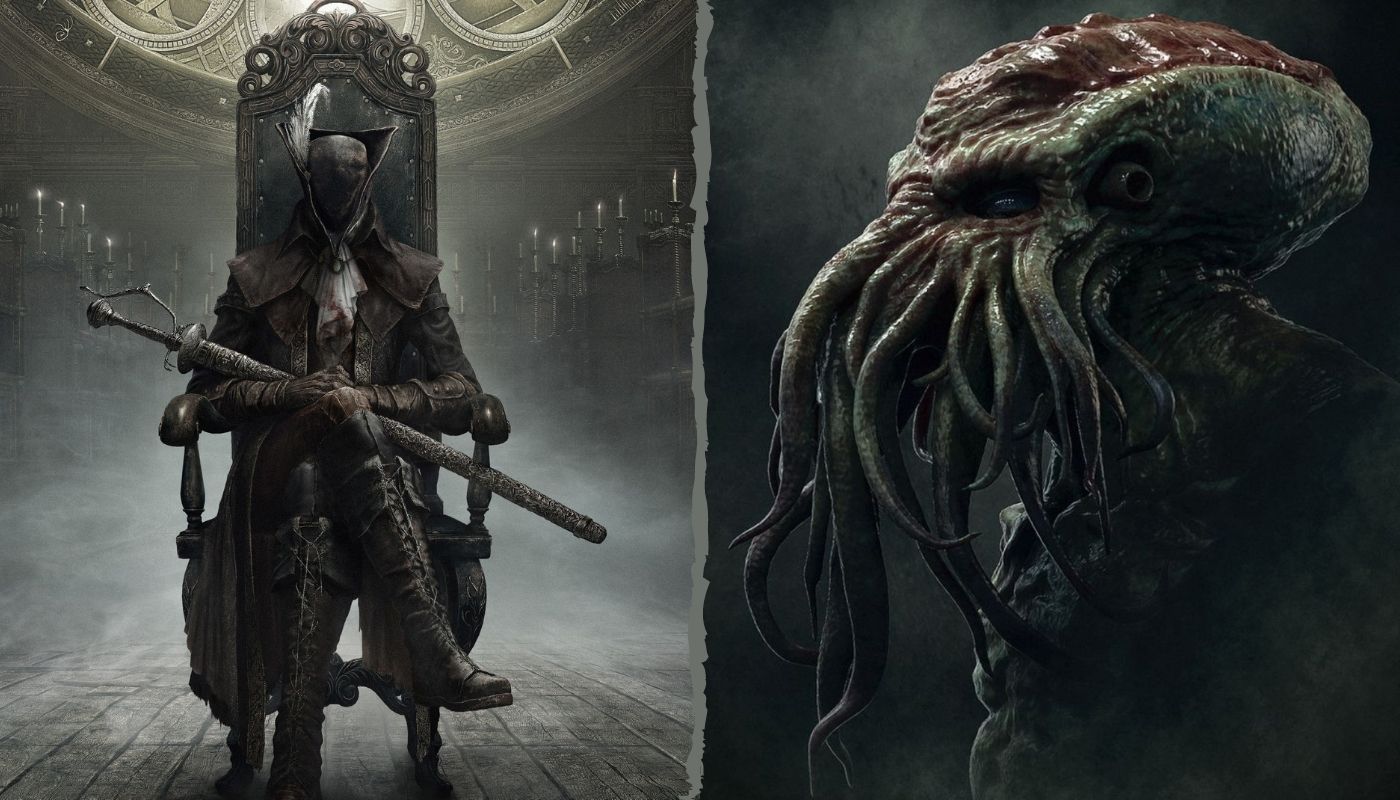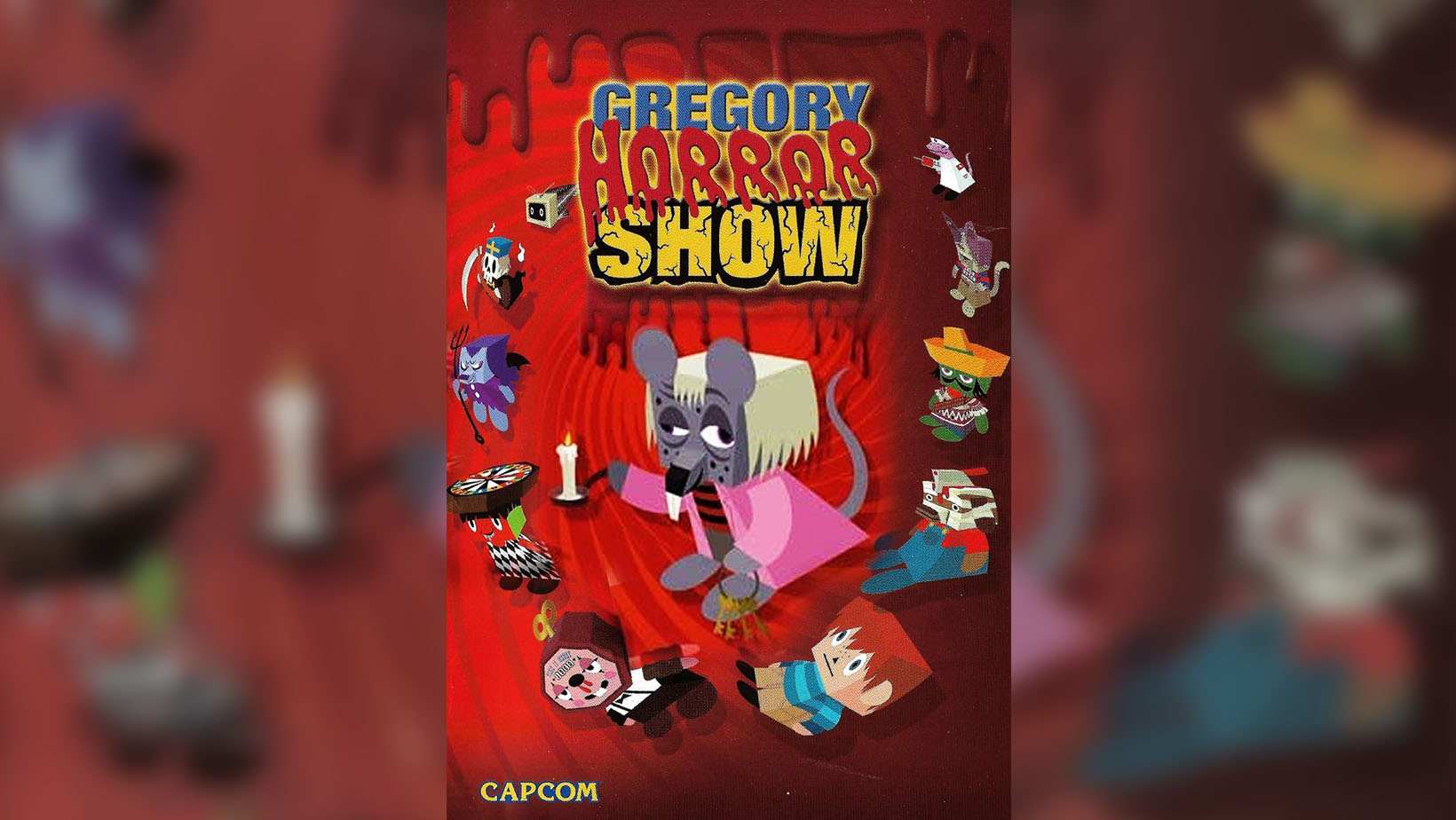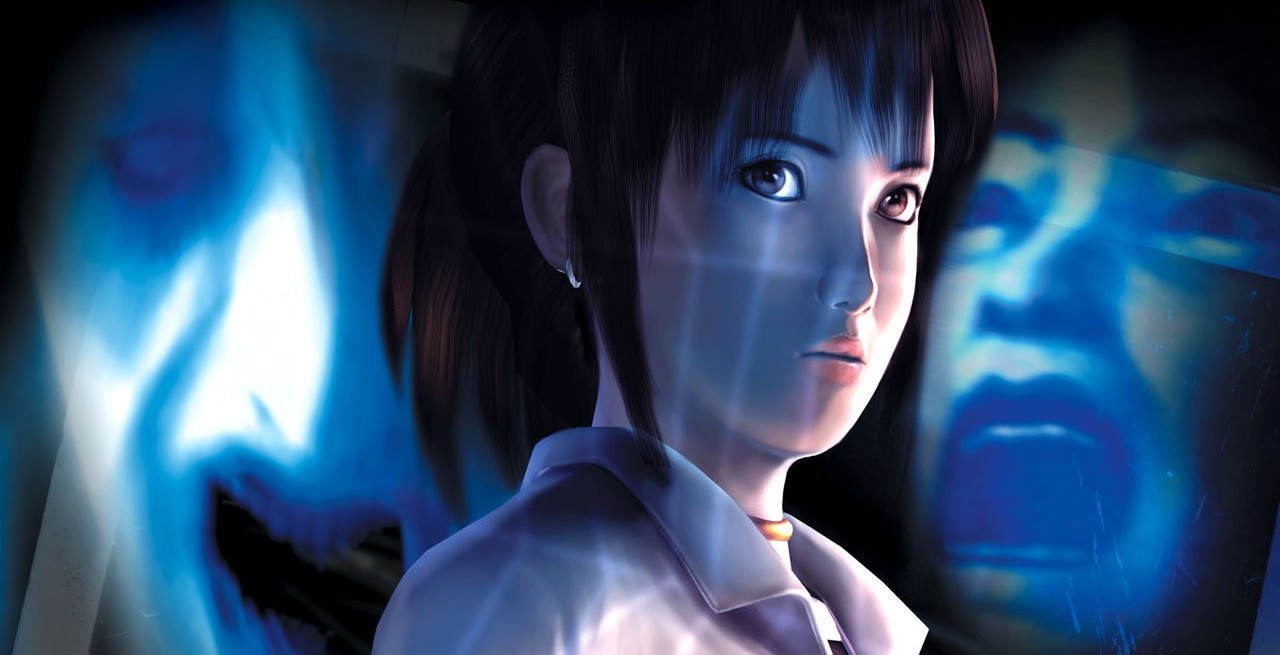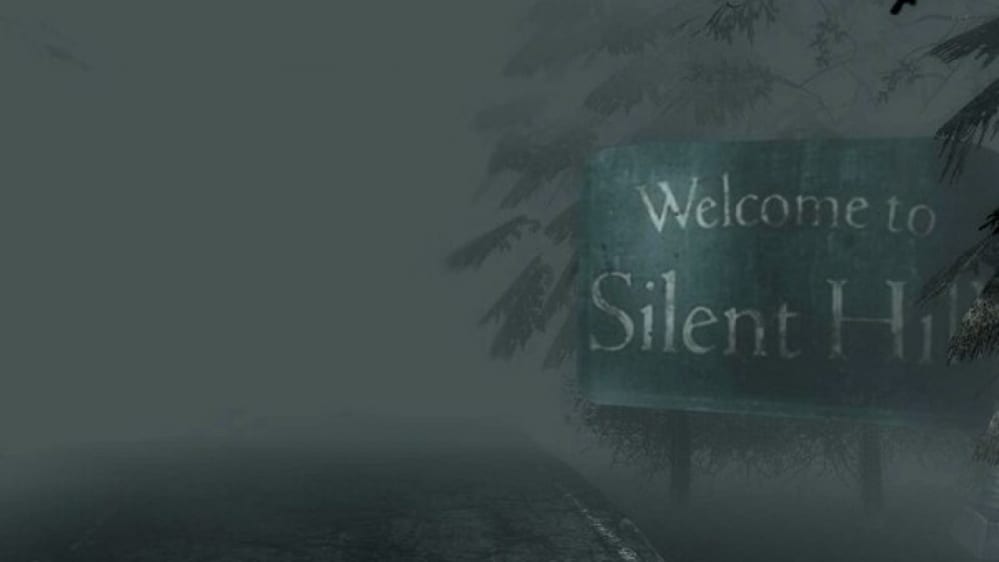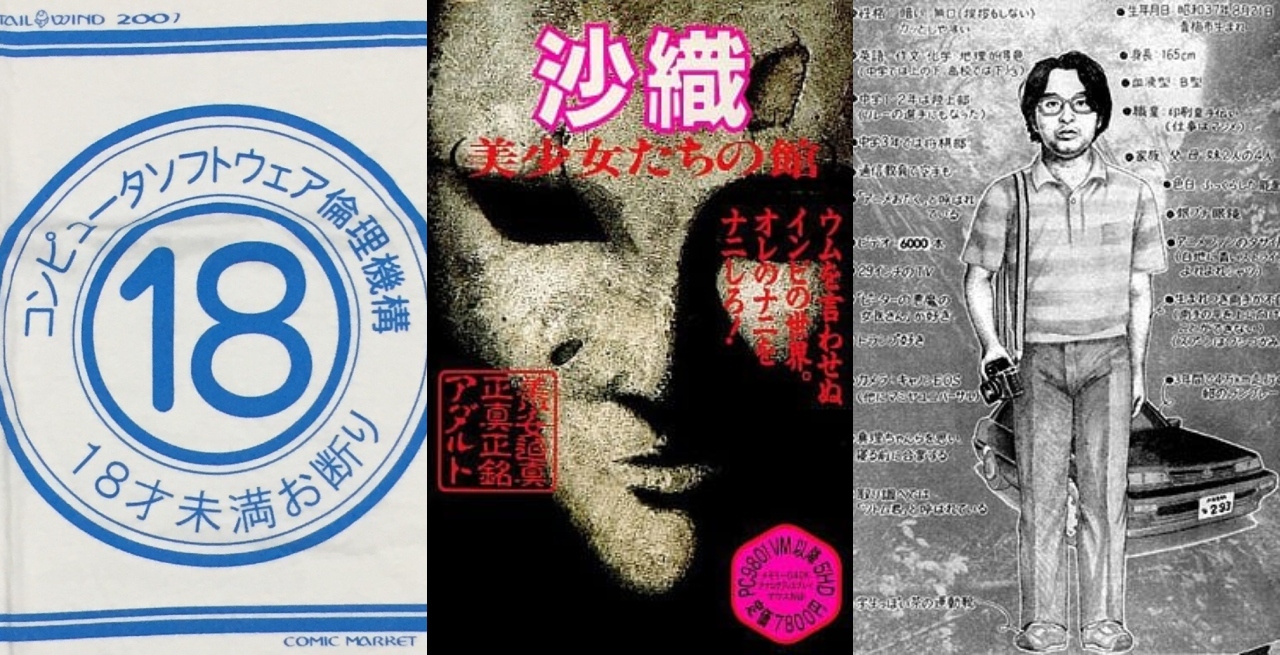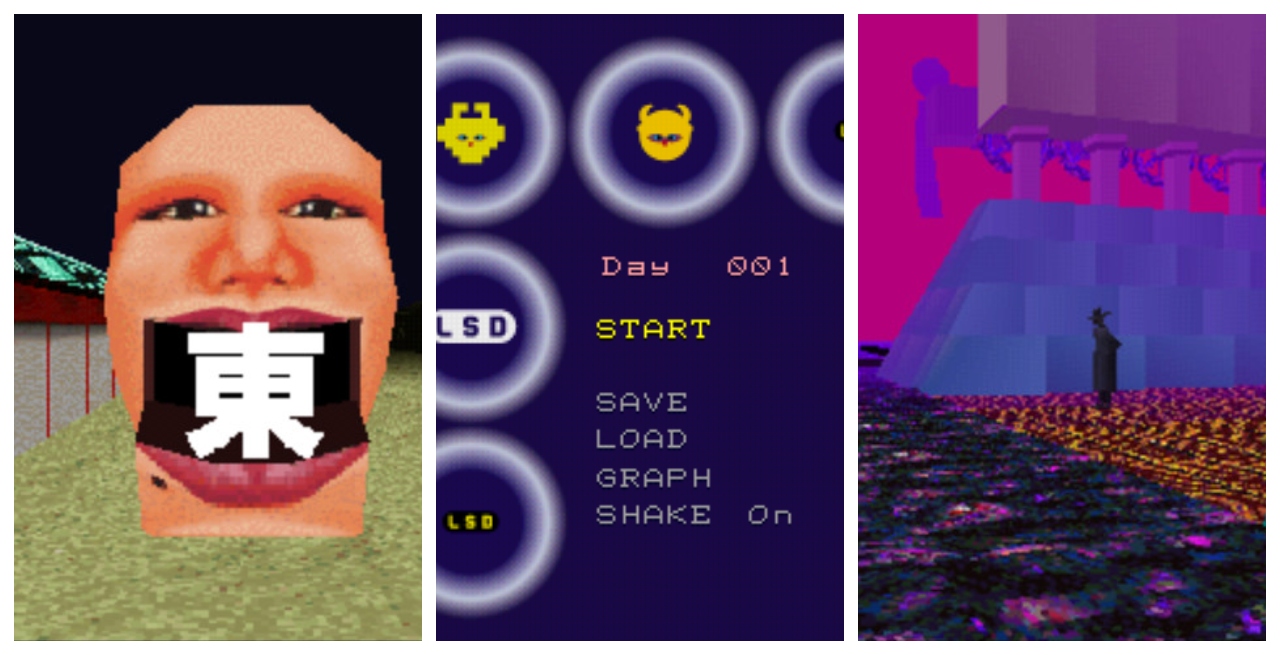
LSD Dream Emulator is a PlayStation video game released in 1998 by Asmik Ace Entertainment, based on an MS-DOS program created in 1992 by Osamu Sato. Basically, the game consists of exploring a surrealistic dream world, where the player explores various dreamscapes and interacts with various objects.
Despite its PS1 limitations and overall obscurity, a few years ago it seemed that everyone wanted to play this game. At first, said captivation seems unjustified. The game mechanics are mostly just walking, and that is it. There are no goals, enemies, or allies. From a first-person perspective, you explore different worlds, and once you hit a wall, character, or object, you get teleported to a new space. However, LSD’s charm is not based on action. This game is an artful piece of experimental media.
What’s LSD Dream Emulator about?
As mentioned before, the game has no objective, at least not in a conventional sense. You, as a player, only can interact with the dream world, but the interesting part is that every “dream” will be different each time. Each game session represents a day in a year, so the mood of the main character changes and affects the environment. Every time you finish an in-game day, you will see a chart in which you will see the words “dynamic”, “downer”, “static” and “upper” and a red dot will indicate the mental state you were in before waking up. Hopefully, this will give you a hint on why certain creatures and textures spawn and try to make things different to avoid them or to make them appear on purpose. The only enemy you may find is a shadowy human figure that will follow you to make your dream end. Some fans have many theories about how to get more disturbing sequences like stumbling upon creatures instead of walls during the gameplay, but for the most part, LSD is a random game where the experience prevails over the mechanics.

One interesting fact that explains this unique atmosphere is that the creator, Osamu Sato is, above all, a multimedia artist. Every aspect of this game centers around recreating the feeling you get while you dream, so every LSD scenario can go from whimsical, to surreal and then end up absolutely terrifying in just one game session. Some levels are known for being quite disturbing like the Violence District where you can find a dead woman hanging from a lamppost or someone kicking a corpse. The Flesh Tunnels, which contain a room full of bouncing fetuses are also terrifying.
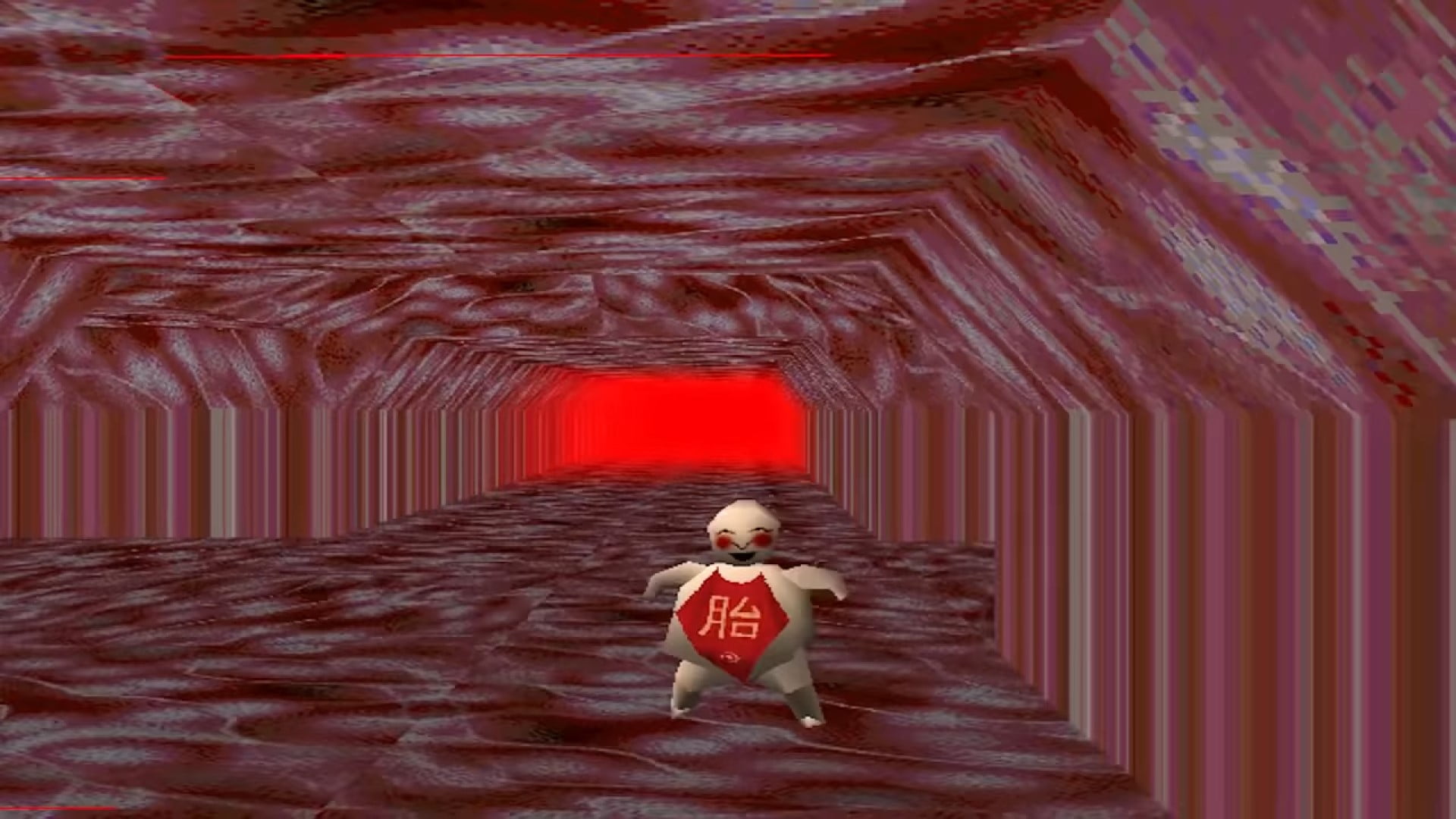
What’s the origin of LSD Dream Emulator?
With a game like this, it is only expected that creepypastas would appear. One popular one is the rumor regarding the woman who wrote the dream diary that inspires most of the scenarios. People swear that she ended her life once she saw the game finished and how much it resembled her dreams. This is a complete lie. In fact, LSD Dream Emulator is based on the dream journal of Hiroko Nishikawa, a game designer at Asmik Ace Entertainment, who documented over ten years of her dreams. As far as we know, she is alive and well, and excerpts from her journal were compiled into a booklet that accompanied the original game release.
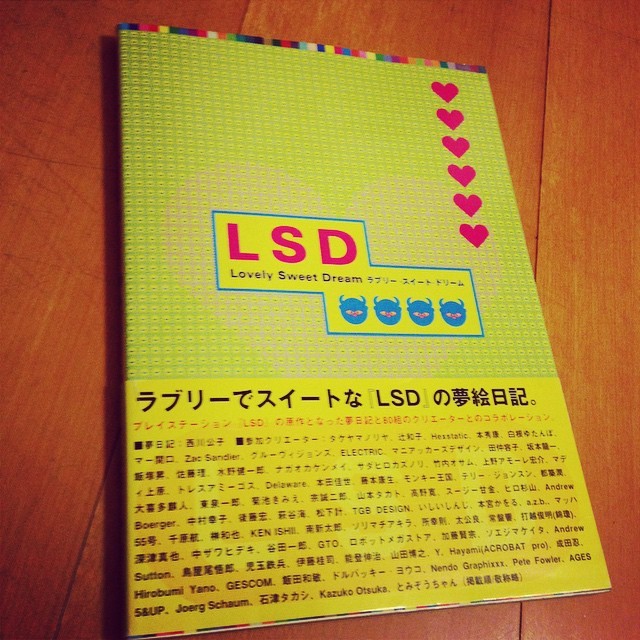
Final Thoughts
LSD Dream Emulator is one of those games that should not exist because its niche nature makes it a risky bet in terms of financial gain. Luckily, back then, in the early rise of PS1, there was more room to be daring than today, so oddities like this still made their way to us in a more mainstream sense. Besides, it was never about the money, but more about exploring Osamu Sato’s artistic sensitivities and how he would represent the human psyche in a video game world.
While this game does not belong to the horror genre per se, its nonsensical dynamics have the potential to disturb the player in one way or another. The fact that the characters and scenarios look so basic, adds more than it takes since it helps to reminisce that imperfect quality you find in dreams. You can’t remember exactly what happened and why but the feeling it produces stays with you in the morning. It is the same with LSD Dream Emulator. Once you play it, it is difficult to stop thinking about what the hell just happened before your eyes.
More Game Reviews
It’s no secret that H. P. Lovecraft was a massive influence on the highly successful gothic horror/action RPG Bloodborne, but perhaps not every gamer is familiar with his works. If… Gregory Horror Show is a 2003 Japanese mystery survival horror, developed by Capcom and released on PS2 in Japan and in Europe a few months later. The game is based… Hello, everybody, this is Anthony and in this article I will explore the ghostly video game series ZERO, a.k.a Fatal Frame in North America a.k.a Project Zero in Europe and… Silent Hill is potentially coming for 2020. An industry insider has disclosed an upcoming announcement for Silent Hill at a future convention we cannot legally mention, which may or may… Recovering from trauma caused by the Louisiana incident of 2017, Ethan Winters now attempts a peaceful life with his wife, Mia, and his newborn daughter, Rosemary, in the faraway continent… Hi fellow weirdos! Today we are discussing an obscure controversy that actually changed the whole Japanese adult video game industry. Dubbed “The Saori Incident” in the press, this 1991 affair…Five Lovecraft Stories for Those Who Liked Bloodborne
Gregory Horror Show (2003) Game Review – Strange Survival-Horror
PROJECT ZERO – A retrospective of the terrifying Fatal Frame series
Silent Hill 2020 almost confirmed. There was a source here, it’s gone now.
Resident Evil Village Review – Capcom’s Return to Form
Japan Deep Dive: The Saori Incident
Hi everyone! I am Javi from the distant land of Santiago, Chile. I grew up watching horror movies on VHS tapes and cable reruns thanks to my cousins. While they kinda moved on from the genre, I am here writing about it almost daily. When I am not doing that, I enjoy reading, drawing, and collecting cute plushies (you have to balance things out. Right?)
